Gullwing doors have long been a symbol of innovation and luxury in the world of sports cars. Known for their distinctive upward-opening style, these doors have captured the imagination of car enthusiasts and designers alike. Exploring their fascinating history reveals a journey through automotive design, tracing their origins and evolution through various iconic sports cars.
The Birth of Gullwing Doors
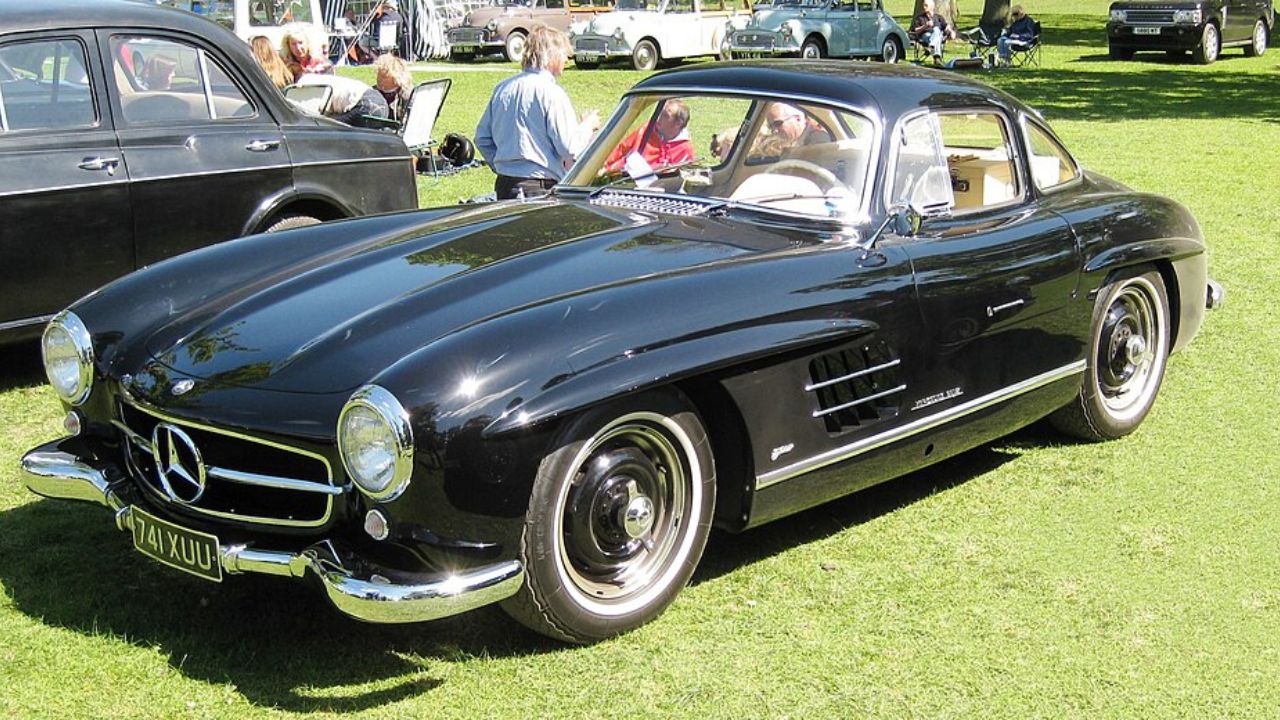
The concept of gullwing doors can be traced back to the early 20th century, when engineers and designers sought innovative ways to enhance vehicle aesthetics and functionality. Initially, the inspiration for such a design stemmed from the desire to create an eye-catching entryway that was both unique and practical. However, realizing this vision presented numerous engineering challenges, including ensuring structural integrity and ease of access without compromising the vehicle’s overall design.
The Mercedes-Benz 300SL, introduced in 1954, is perhaps the most famous early example of gullwing doors. This iconic vehicle popularized the design, thanks to its sleek appearance and innovative engineering solutions. The doors were not just a stylistic choice but a necessity due to the car’s tubular frame, which required a unique door solution to maintain rigidity and safety. The 300SL’s gullwing doors allowed for easy entry and exit while preserving the car’s structural integrity, setting a precedent for future designs.
The Evolution Through the Decades
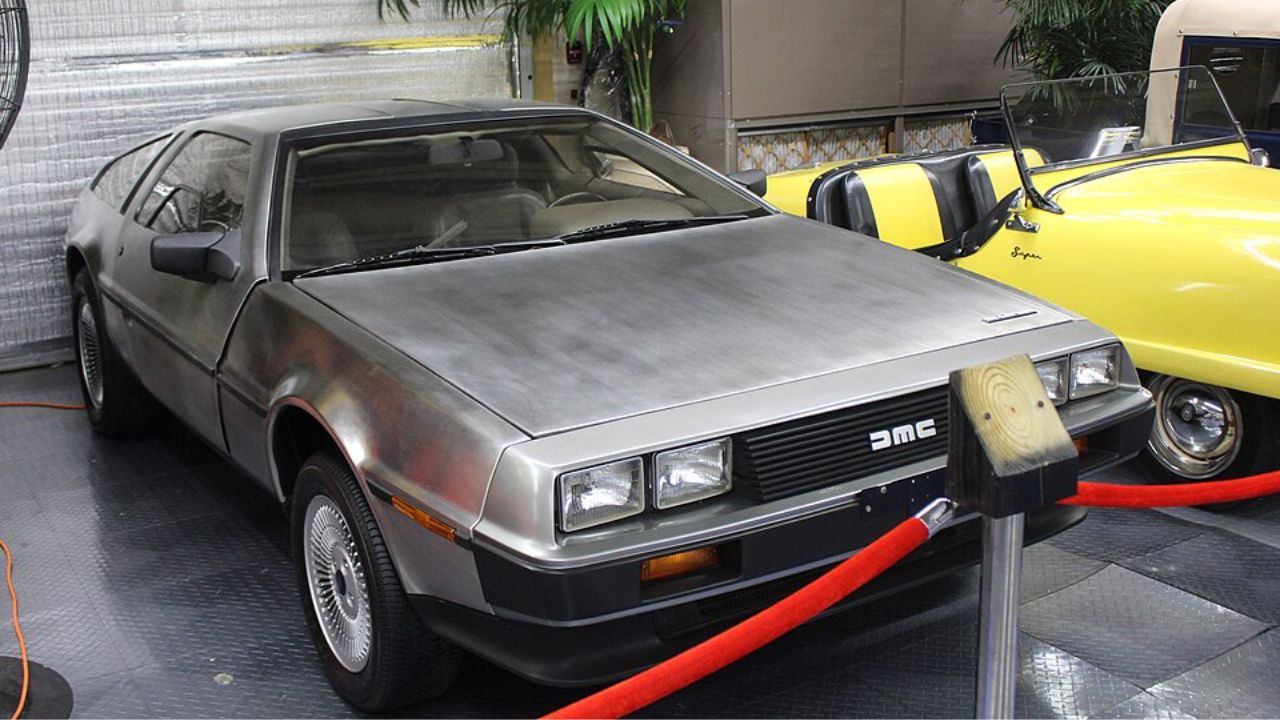
During the 1960s and 1970s, gullwing doors appeared sporadically in sports cars, as manufacturers experimented with different designs and technologies. Despite their rarity, these doors remained a symbol of exclusivity and futuristic appeal. Some cars of this era, like the Iso Grifo and the Melkus RS 1000, incorporated gullwing doors to varying degrees of success, keeping the concept alive in the minds of designers and enthusiasts.
The 1980s saw a resurgence of interest in gullwing doors, thanks in large part to the DeLorean DMC-12. This car, with its stainless steel body and gullwing doors, became an icon of pop culture, particularly after its appearance in the “Back to the Future” film series. The DeLorean’s use of gullwing doors was not just for show; it was a key part of its futuristic allure, capturing the imagination of a generation and reigniting interest in this unique design feature.
In modern times, car manufacturers have continued to explore and innovate with gullwing doors. The Tesla Model X, introduced in 2015, features a modern take on the design with its Falcon Wing doors. These doors are equipped with advanced sensors and technology to ensure safe operation in tight spaces, reflecting the ongoing evolution of gullwing design in contemporary sports cars. Manufacturers like Mercedes-Benz have also revisited the gullwing concept with models like the SLS AMG, showcasing how traditional ideas can be reimagined with modern technology.
Iconic Cars Featuring Gullwing Doors
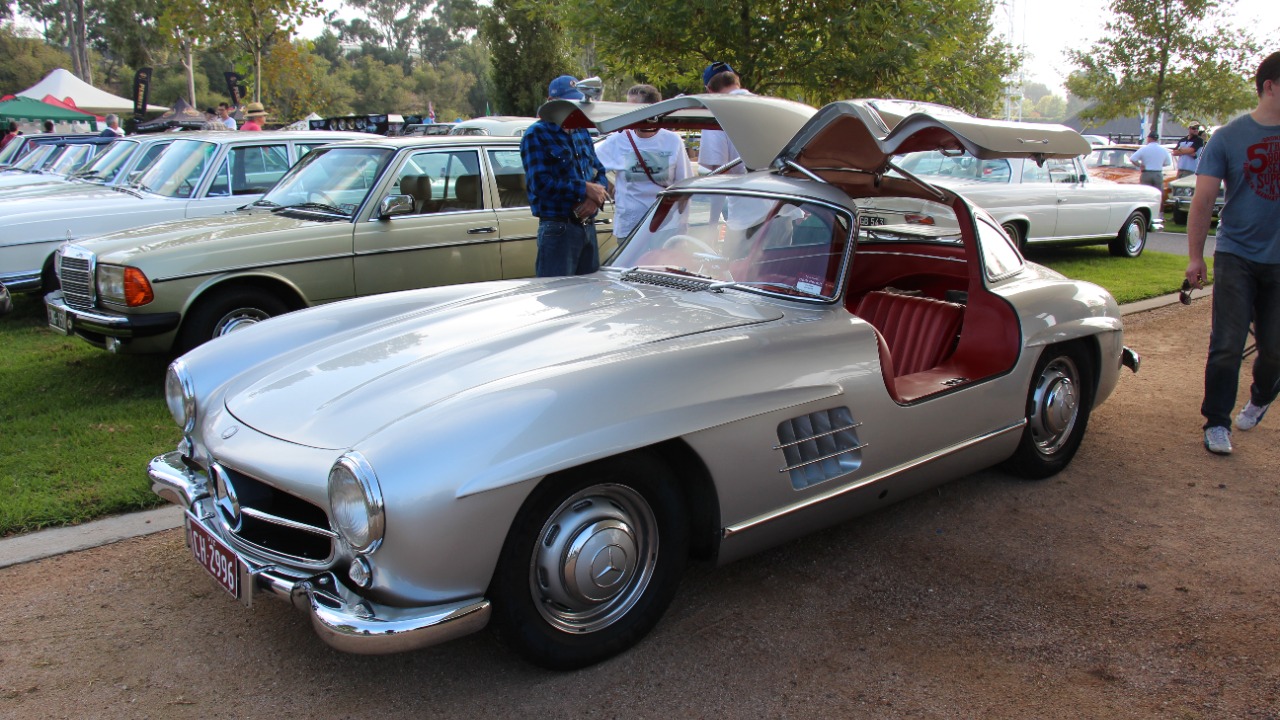
The Mercedes-Benz 300SL Gullwing holds a special place in automotive history. Its introduction in the mid-20th century marked a turning point for car design, blending practicality with avant-garde aesthetics. The 300SL’s lasting legacy is evident in its continued influence on car designers, and it remains a highly sought-after collector’s item, celebrated for its engineering brilliance and timeless style.
The DeLorean DMC-12, with its unique design and cultural impact, exemplifies how gullwing doors can capture the public’s imagination. The car’s appearance in the “Back to the Future” franchise cemented its status as a symbol of futurism and innovation, despite its commercial struggles. The DeLorean’s enduring popularity underscores the cultural significance of gullwing doors, transcending their practical applications to become a part of popular culture.
The Tesla Model X represents a modern reinterpretation of the gullwing concept, bringing it into the era of electric vehicles. Its Falcon Wing doors are a marvel of engineering, incorporating sensors and software to ensure they open safely in various environments. By integrating this design with cutting-edge technology, Tesla has demonstrated how traditional design elements can be adapted for new purposes, furthering the legacy of gullwing doors in the automotive industry.
Engineering and Design Challenges

Gullwing doors pose unique engineering and design challenges, particularly in ensuring structural integrity and passenger safety. Engineers must address potential issues such as lateral stability and crashworthiness, which require careful consideration of materials and structural reinforcements. The balance between maintaining a vehicle’s aesthetic appeal and ensuring its safety is a delicate task that demands innovation and precision.
Designing gullwing doors also involves striking a balance between aesthetics and functionality. While the doors are undeniably eye-catching, they must also be practical and user-friendly. This includes ensuring ease of access and operation, even in confined spaces. Advances in technology, such as the use of lightweight materials and sophisticated hinge mechanisms, have allowed manufacturers to overcome these challenges, making gullwing doors more viable for modern vehicles.
Innovations in materials and technology have significantly influenced gullwing door designs. The use of lightweight alloys and composites has reduced the weight of the doors, easing the strain on hinges and improving overall vehicle performance. Additionally, advancements in sensor and actuator technology have enabled the creation of doors that can automatically adjust their opening angle, enhancing safety and convenience. These innovations demonstrate how modern engineering continues to push the boundaries of what’s possible with gullwing doors.
The Cultural Impact of Gullwing Doors
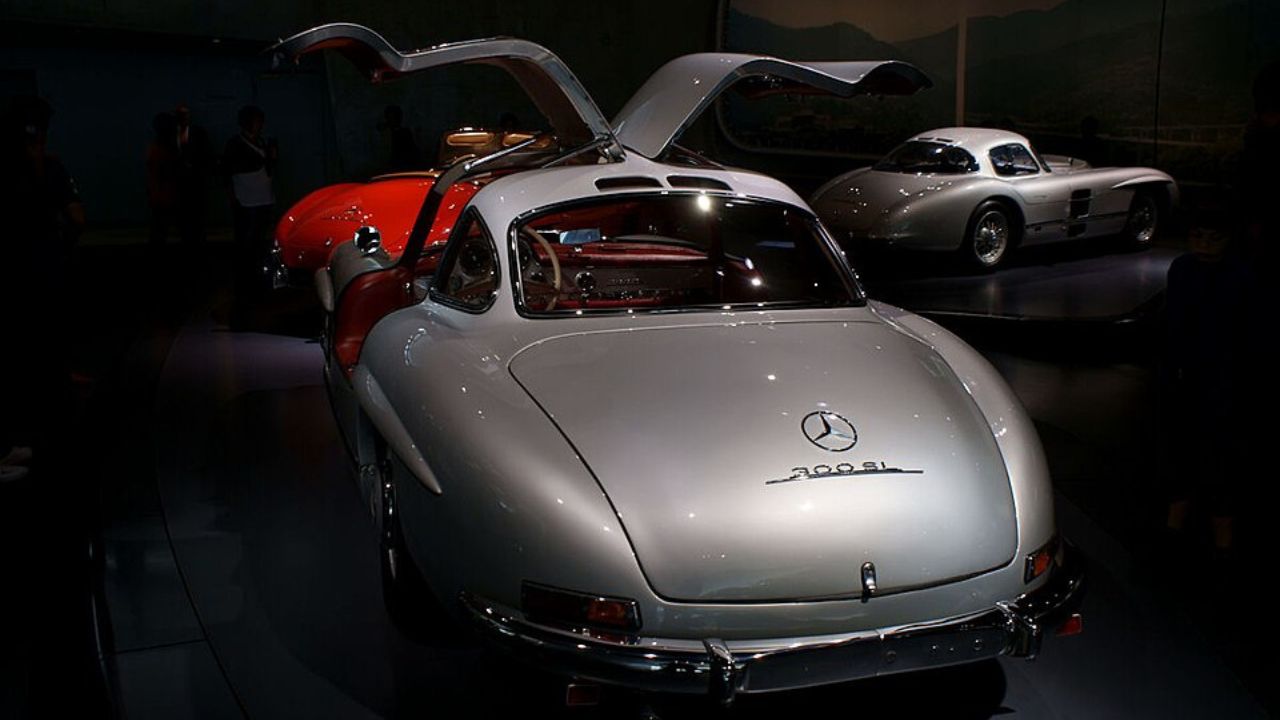
Gullwing doors have left an indelible mark on popular media, frequently appearing in films, TV shows, and video games. Their distinctive style and futuristic connotations make them a favorite choice for depicting advanced or luxurious vehicles. From the DeLorean in “Back to the Future” to the Batmobiles of various Batman films, gullwing doors have become synonymous with innovation and high status on screen.
The symbolism of gullwing doors extends beyond their visual appeal. They represent a commitment to pushing the boundaries of automotive design and technology, embodying a spirit of innovation and progress. In the realm of luxury cars, gullwing doors are often seen as a status symbol, signifying exclusivity and cutting-edge engineering.
Among car enthusiasts and collectors, gullwing-equipped cars hold a special allure. Their unique design and historical significance make them highly prized collector’s items, often fetching high prices at auctions. The enduring appeal of gullwing doors reflects their importance in automotive heritage, capturing the imagination of new generations of car lovers and ensuring their place in the annals of car design history.
Like Fast Lane Only’s content? Be sure to follow us.
Here’s more from us:
*Created with AI assistance and editor review.

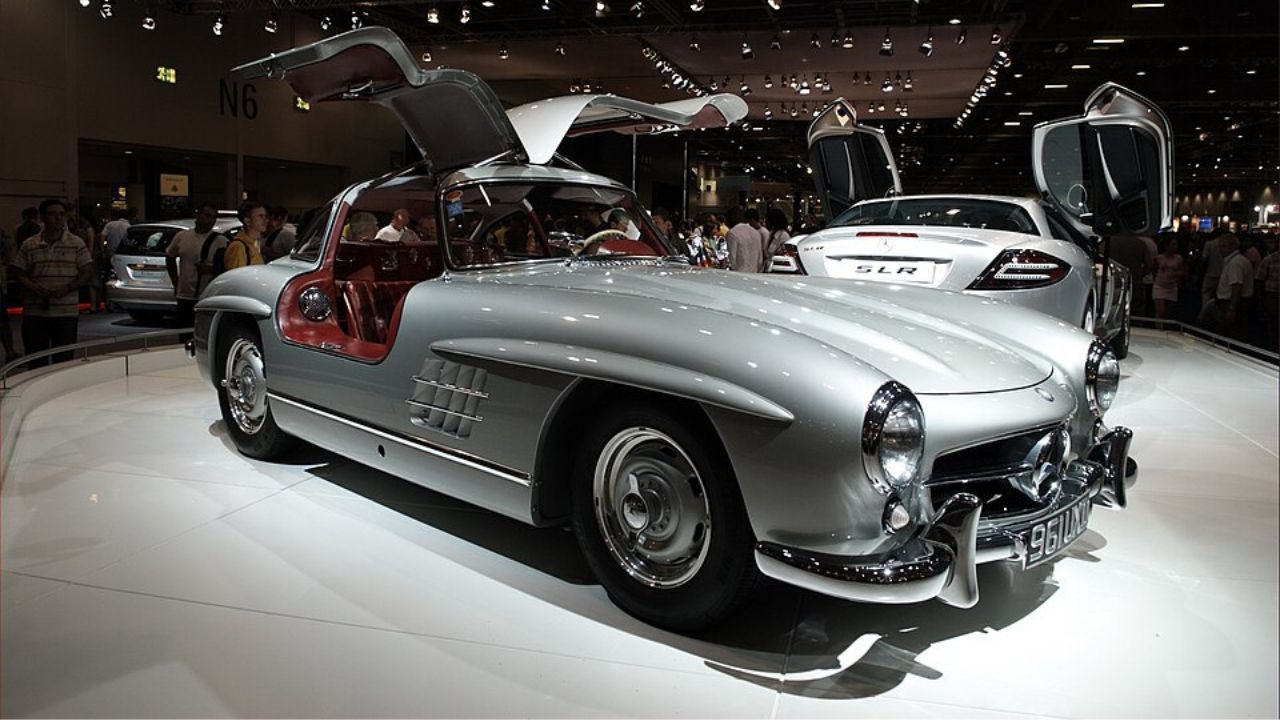


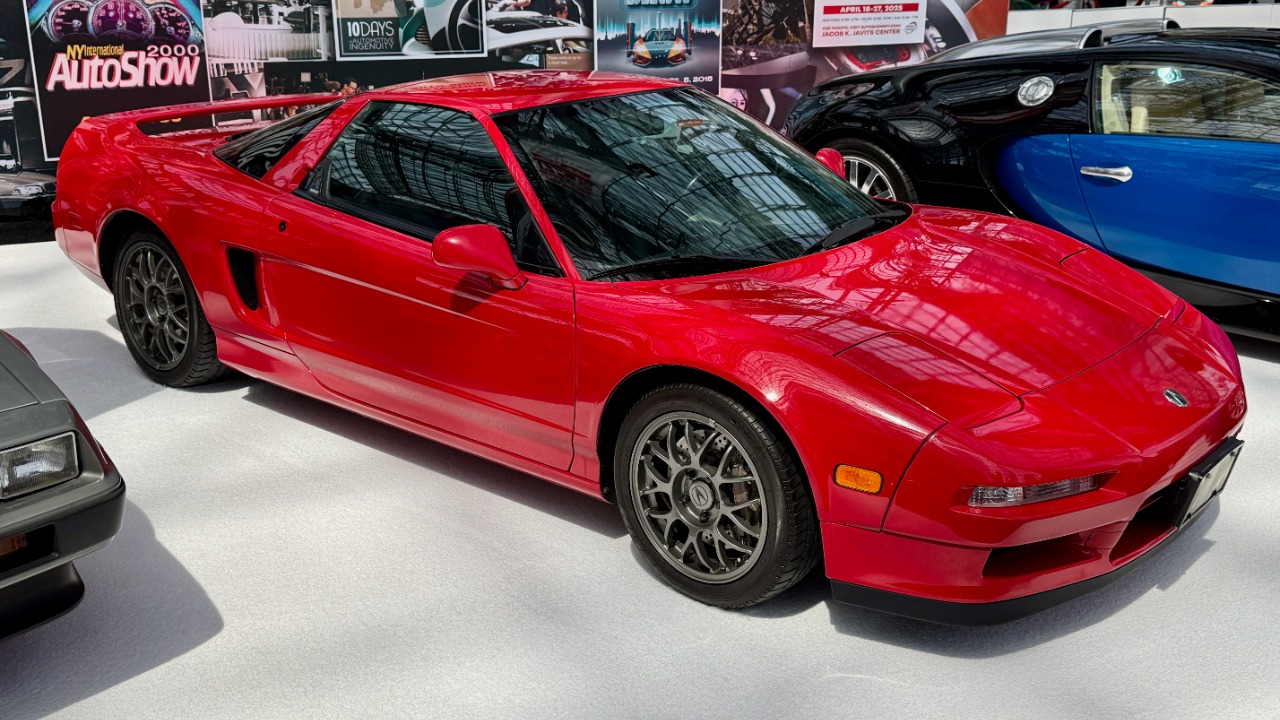
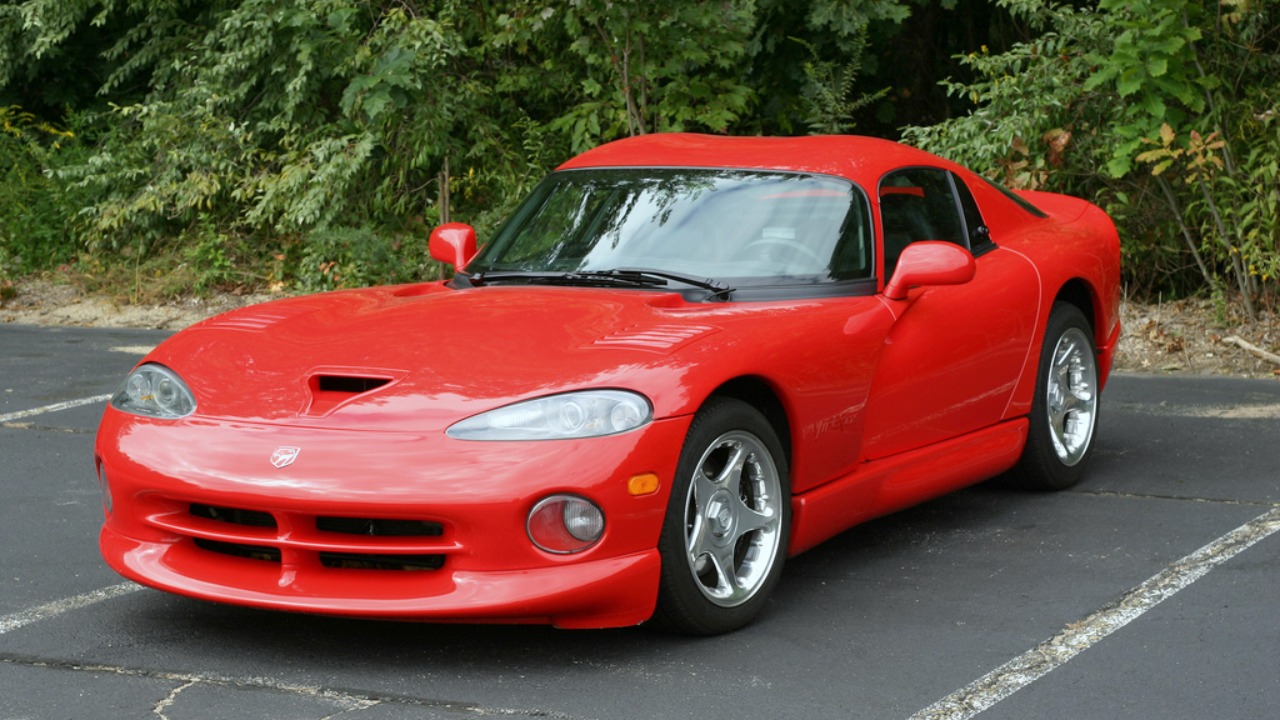

Leave a Reply